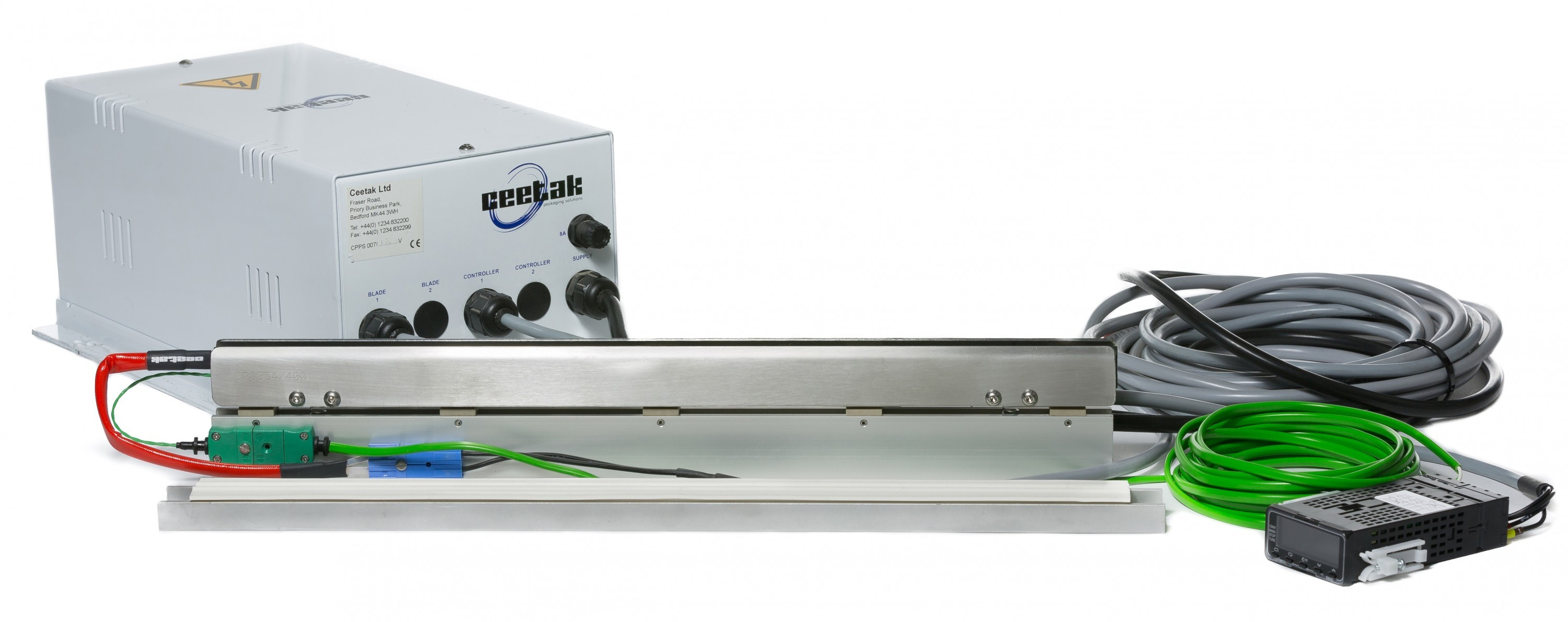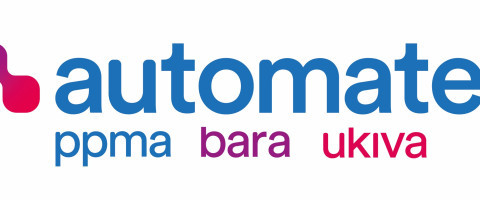Impulse Heat Sealing
This is suitable for static applications when two film layers are placed between two seal jaws and they are clamped together. Within the seal jaws the heating elements are thermally and electrically insulated and supported with a non-stick cover. An impulse of electrical current is passed through the heating element where its resistance develops heat, and passes this heat through to the film layers. This fuses the film layers together, creating a weld.
The sealing process is generally followed by a cooling period during which the film material is allowed to stabilise back to its natural properties.
In order to produce a strong weld, care must be taken along the edges of the weld where there is a transition of hot material to cool material. When this transition is sudden the results could be potentially weaker seals.The clamping force applied to the seal jaws also influences this as the material can extrude from the seal area offering a ‘thinning’ effect. This transition area should be as gradual as possible to encourage a stronger seal.
The extrusion effect can be used as advantage when it comes to a cutting and sealing application. The heating element is given a profile which forces the film material out of the seal area until the material is completely separated. As an example a pointed ‘V’ shape can be utilised.
In principle, the impulse sealing method offers the widest range of possibilities which can be varied to achieve the desired results. However this may not be suitable for all applications, or not possible due to high machine speeds. In most cases the heating elements have a straight-lined design but shapes and contours may be possible - the resistance however must be constant along the contour to achieve the necessary even heat.
When working with low-cost installations or low speed application, a time control may be sufficient. A defined flow of current is passed through the heating element for a set time and there is no measurement or monitoring of the actual temperature.
A much improved method comes when using an electronic controller. These controllers use the heating element’s temperature co-efficient and its ability to change its electrical resistance according to its actual temperature to calculate a reading in °C. This configuration eliminates the need for an additional sensor.
The electronic temperature control is used to produce sealing seam at a constant quality. The use of temperature control is virtually essential when working with thick film materials, as the temperature can be kept constant over a pre-set seal time period. A further benefit results in improved service life.
Our impulse heat concept sealing technologies; IPH and QPH sealing systems.



Constant Heat Sealing
Our constant heat concept sealing technology; LVH sealing system.


This method of heat sealing relies on keeping the seal jaws at a constant temperature and does not ‘impulse’ the applied heat.
Due to the permanent heat this technology is not always suitable for all types of materials, however does offer some advantages over impulse sealing method especially with laminated or multi-layered material. Such material is often stronger and thicker which permits a faster processing time. With these multi-layer materials only the inner surfaces that are pressed against each other are likely to fuse and create the seal.
Constantly heated jaws can be more robust and simplistic in design. Larger amounts of energy are necessary with constant heat tools to heat the mass of the jaw and to compensate for the inevitable heat soak through the mounting and to the adjoining machine components.
Continuous Heat Sealing
There a variety of options with continuous sealing.
Band seal: Two film layers are passed between circulating bands which grip and carry the material through the whole process. These bands must move in synchronisation with the film layers to transport the material passing it between opposing seal jaws which apply clamping pressure at the same time as heating the material. While remaining clamped between the bands the material travels from the heated zone to the cooling zone. This can be set to cool the material and stabilise it back to its natural properties. This method is effective for most materials, however the heat must pass through the bands to make contact with the material, and friction and wear can limit the service life of the bands.
Heated wheel: An effective alternative to heated bands is the use a heated wheel.. This method removes the requirement for the bands however leaves the film material to cool without any clamping.
Heated air: Using air to transmit heat is challenging, however when applied with the right technology excellent results can be achieved. There should be no friction as the heat source is not in contact with the material. The material layers should be touching each other and with the provision of determined tension the seal quality and performance can be improved. Again with this technology a heating phase can be followed with a cooling phase for rapid curing of the material. As the material thickness increases for different applications a steep drop in operating speed is witnessed due to the lack of contact pressure restricting the heat transmission.
Our continuous heat concept sealing technology; HAH and CRH sealing systems.




